As a self-proclaimed history geek, the part that I love most about it is how little we know about the past. Every once in a while, I read articles about how they have discovered something “new” that is actually so ancient, and it just makes my day.
Recently, a 12th-century French church’s restoration left history lovers like me in complete awe after 6th-century relics were unearthed beneath it. Archaeologists had a field day as a forgotten staircase is the hero of the story that led to this glorious discovery. Let’s find out what they really found hidden deep underground!
RELATED:Restoration efforts of the St. Philibert Church in Dijon, France, shockingly led to a 400-year-old burial vault
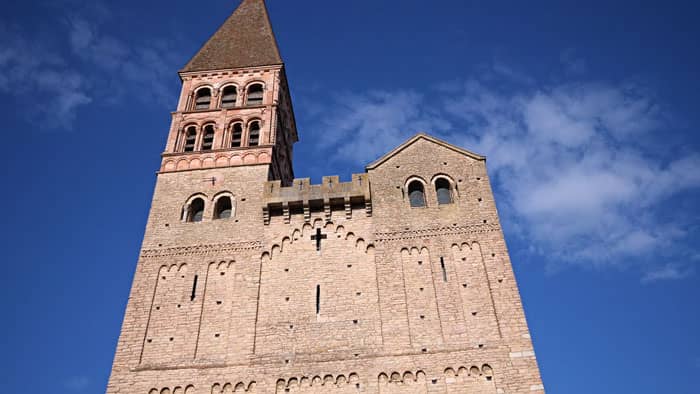
The restoration team was busy fixing up some old stone flooring at the Church of Saint Philibert in Dijon, France. They were in for a wild surprise as they pulled out a section of the floor and unearthed a staircase that wasn’t on any old maps or plans. Turns out, that was just the beginning of the church’s hidden treasures.
What started as simple repairs quickly turned into a full-blown archaeological dig. They ended up uncovering a 400-year-old burial vault, and then even more amazing stuff like ancient tombs, parts of older churches, and sarcophagi (stone coffins) that are over a thousand years old.
These findings totally blew the researchers’ minds as they linked them directly to the Middle Ages and even the Roman Empire!
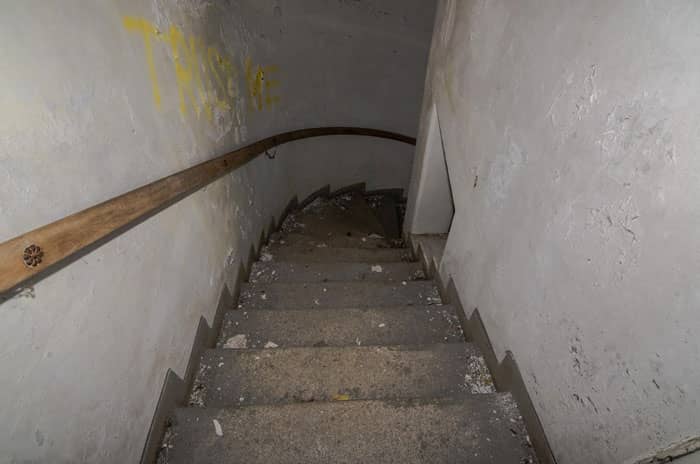
To their surprise, beneath the burial vault, they also discovered sarcophagi that dated to the 6th century
The whole reason they even started digging at the church was all because of salt. That’s right, salt was secretly wrecking the church from underneath. Back in the 1970s, someone decided it would be a good idea to put in a heated concrete floor. What they didn’t realize was that this concrete slab basically trapped a ton of salt right beneath it.
As a matter of fact, this church was used for salt storage, all the way back in the 1700s and 1800s. The heating and cooling from the slab started making the trapped salt expand and contract, which caused all sorts of cracks and damage to the church. Eventually, they had no choice but to start those repairs that led to such a huge discovery.
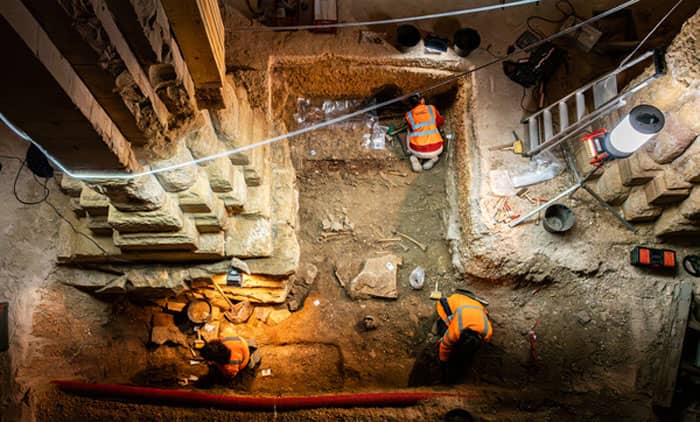
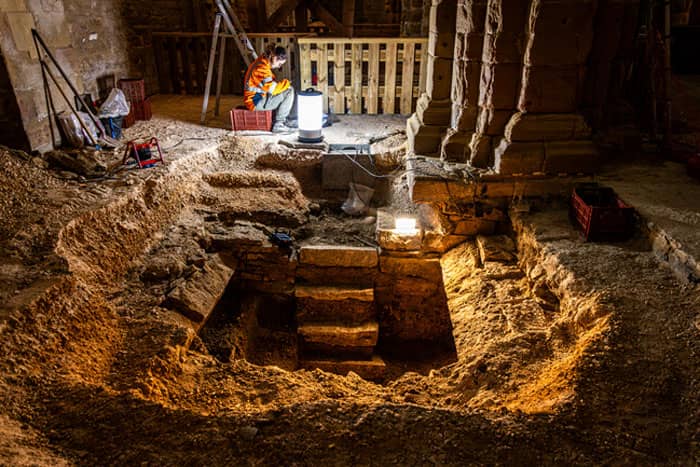
When the repairs started, they found that the more they dug in different spots, the more unexpected stuff they kept finding. It caught the attention of archaeologists, who started looking at it closely. First, they stumbled upon a bunch of coffins and burial sites.
In one main part of the church (called the nave), they found several coffins from the 1300s to the 1700s, all neatly lined up east to west. There were hardly any personal items buried with them. Then, in another section (the transept), they found a vaulted burial site from the 1400s or 1500s. This one had remains that looked like they had been moved around, probably to make space for more burials.
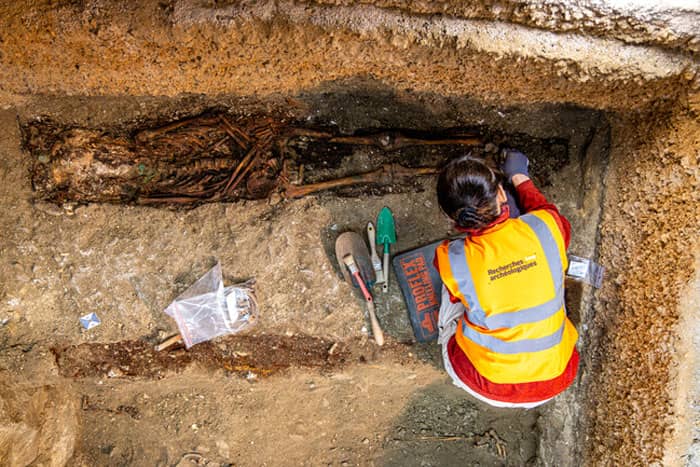
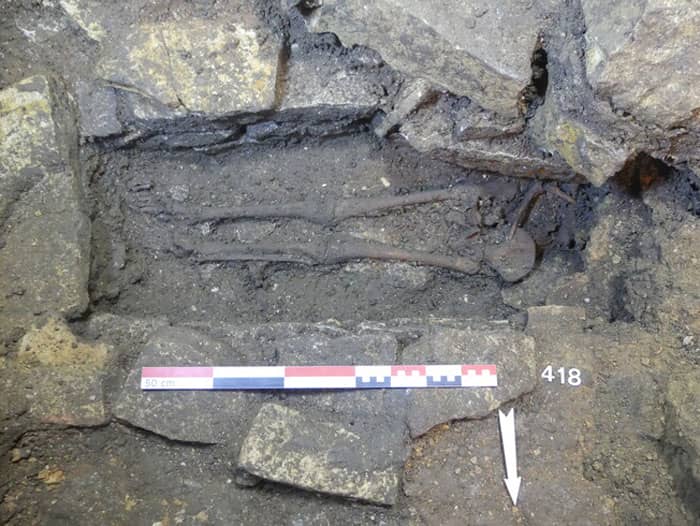
Underneath all of that, they hit even older graves from the 1000s, which is before the current church was even built (in the 1100s). Then, below those, they uncovered six ancient stone coffins, or sarcophagi. Some of these were from the Merovingian era, that is, the 500s to 700s, and some might even be older than that!
One of the oldest pieces they found has a pattern called “herringbone masonry”, in which bricks were laid like fishbones, that was super popular in the Early Middle Ages. Even before that, archaeologists believe this spot was already a place where people worshipped. Basically, the Church of Saint Philibert, which we know was built in the 12th century, wasn’t just built on an empty field.
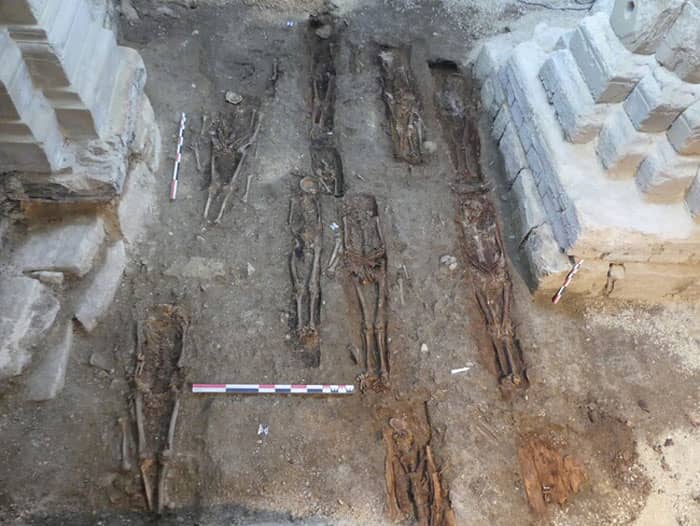
It was actually built right on top of earlier holy places. Each new building was put up, used for a while, and then basically got buried by the next one. Over hundreds of years, these old structures just became part of the ground they were standing on.
Such findings are common in Europe as Christian churches are built right on top of older religious spots. This practice goes back to the very beginning of Christianity. Sometimes, Christian churches were even built directly over old Roman temples or pagan worship sites, showing the dominating religion. The church in this story perfectly exemplifies this practice.
Quite astounding, don’t you think? What are your thoughts about the story? Did it fascinate you just as much as it did me? Drop your thoughts in the comments!
Netizens were quite enthralled by the findings and also joked about hidden mysteries while expressing their surprise about the discovery









